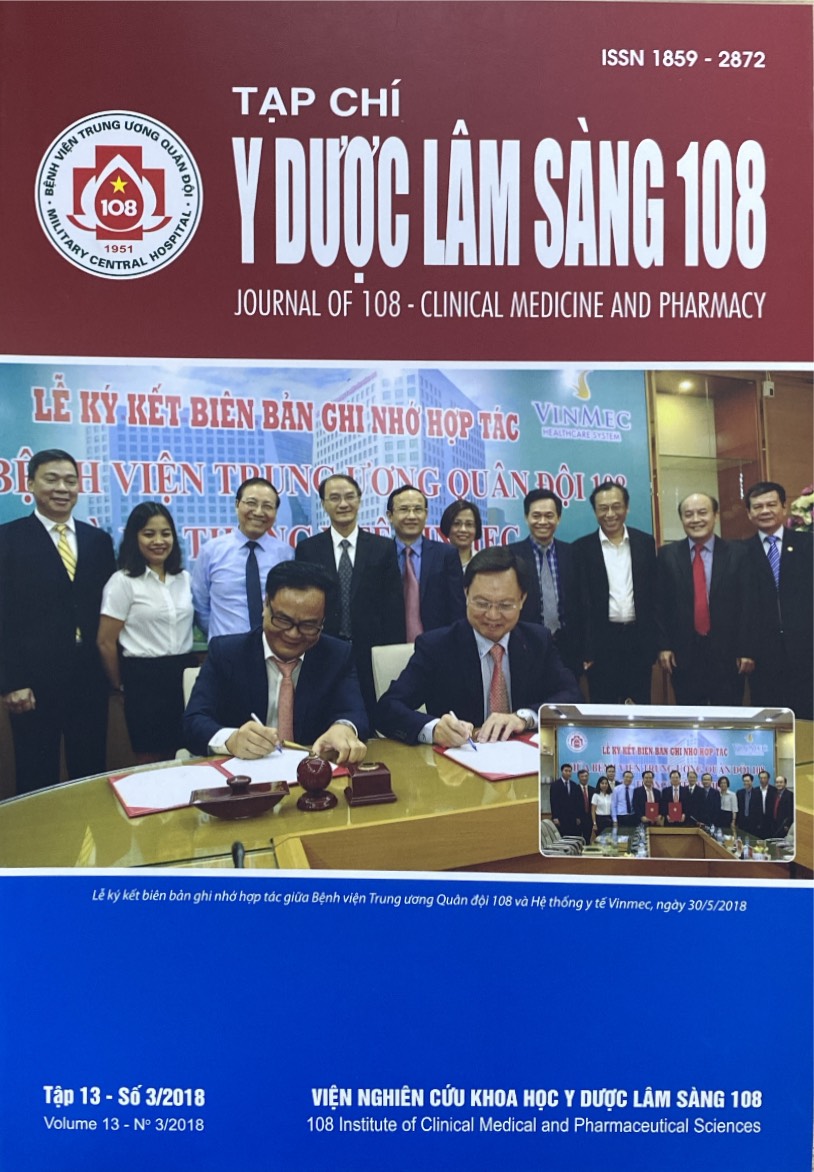Evaluation the effect on labor and the side effects of paracervical block using bupivacaine for pain relief during labor
Main Article Content
Keywords
Abstract
Objective: To evaluate the effect on labor and the side effects of paracervical block using bupivacaine 0.25% for pain relief during labor. Subject and method: A randomized controlled trial of 120 parturients who were divided into two groups: The research group: Women were undergone paracervical block with 10ml of bupivacaine 0.25% and the control group: Women were received pain relief with systemic analgesic (dolargan 50mg). Result: The cervical dilation time from 4 - 5cm to 10cm was 130.7 ± 43.2 minutes which was significantly lower than control group (270.6 ± 70.3 minutes). There was no significant different in the incidence of uterine contractions and fetal heart rates. There was no patient suffered from motor blocking. The nausea and vomiting percentage were also lower than those in the control group (0% vs 11.67%). However, the urinary retention rate was similar in both groups (3.3% vs 6.7%). Conclusion: The paracervical block for pain relief during the labor with bupivacaine 0.25% resulted in a faster opening of the cervix without affecting uterine contraction and fetal heart rate. This method also did not inhibit movement. Nausea and vomiting rate were also decreased while urinary retention rate was not different
Article Details
References
2. Tô Văn Thình (2002) Gây tê vùng sản khoa, tr. 143-146.
3. Junttila EK, Karjalainen PK et al (2009) A comparison of paracervical block with single - shot spinal for labor analgesia in multiparous women; a randomised controlled trial. Int J Obst anesth 18(1): 15-21.
4. Nieminen K, Puolakka J (1997) Effective obstetric paracervical block with reduced dose of bupivacaine. A prospective randomized double blind comparing 25mg (0.25%) and 12.5mg (0.1255) of bupivacaine. Acta obstet Gyn Scand 76(1): 50-54.
5. Ranta P, Jouppila P, Spalding M (1996) Paracervical block - aviable alternative for pain relief. Acta Obs Gyn Scand 74(2): 122-126.
 ISSN: 1859 - 2872
ISSN: 1859 - 2872
